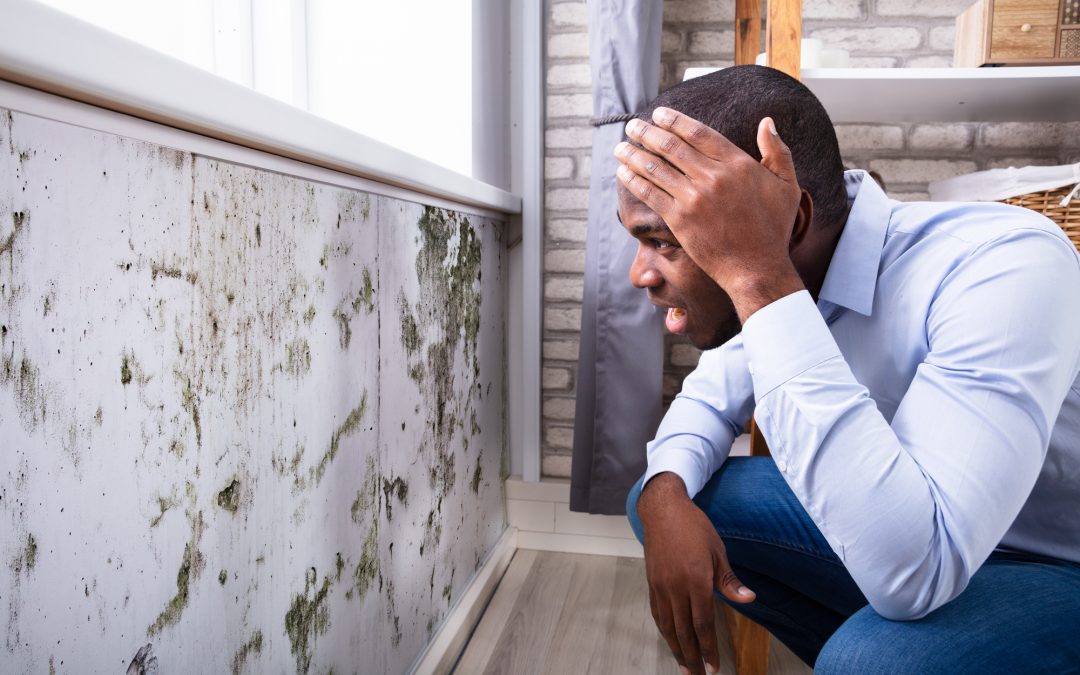Guaranteeing Post Remediation Verification Accuracy
Guaranteeing Post Remediation Verification Accuracy
Blog Article
Your Ultimate Guide to Post Mold And Mildew Removal Methods
Navigating the world of post-mold removal methods is a precise process that requires interest to detail and a thorough understanding of the ins and outs included. In the aftermath of mold and mildew invasion, knowing how to properly remove the mold and stop its reoccurrence is vital for preserving a healthy interior atmosphere. From selecting the appropriate cleaning and disinfecting methods to applying approaches for lasting mold and mildew avoidance, each action in the remediation journey plays an essential duty in making certain an effective outcome. As we embark on this exploration of post-mold remediation techniques, we will certainly discover the crucial techniques and best techniques that can aid you restore your area to its pre-mold condition and safeguard it versus future mold and mildew risks.
Recognizing Post-Mold Remediation Process
After completing the mold remediation procedure, it is crucial to understand the post-mold remediation strategies that are essential to make certain a effective and extensive cleaning. As soon as the mold and mildew has actually been removed, the next step includes cleansing and sanitizing the impacted locations to avoid any type of regrowth of mold. This includes utilizing specialized cleaning up agents to wipe down surfaces and eliminate any remaining mold spores. It is necessary to dry out the location entirely to discourage the growth of mold and mildew in the future (Post Mold remediation cleaning). Appropriate ventilation and dehumidification can assist in this process.
Moreover, carrying out a last inspection post-remediation is important to make certain that all mold and mildew has been efficiently gotten rid of. If the evaluation discloses any type of lingering mold, added remediation may be required.
Effective Cleansing and Decontaminating Techniques

Avoiding Future Mold And Mildew Development

Value of Appropriate Air Flow
Appropriate air flow plays a crucial duty in protecting against moisture buildup, a key consider mold growth within interior settings. Reliable air flow systems help eliminate excess moisture from the air, minimizing the opportunities of mold and mildew spores discovering the dampness they need to spread out and germinate. Without sufficient ventilation, indoor spaces can come to be a reproduction ground for mold and mildew, leading to prospective health and wellness risks and architectural damage.
By making certain proper air blood circulation, air flow systems can additionally assist in drying out moist areas faster after water damages or flooding occurrences, further discouraging mold growth. Post Mold Remediation Report. Precede like shower rooms, cellars, attic rooms, and kitchens where wetness degrees often tend to be greater, installing and maintaining efficient ventilation systems is critical in preventing mold invasions

Tracking and Upkeep Tips
Offered the essential function that proper ventilation plays in stopping mold development, it is vital to establish effective monitoring and upkeep suggestions to make certain the continued performance of ventilation systems. Routine evaluations of air flow systems must be carried out to look for any kind of indications of blockages, leaks, or malfunctions that can impede correct airflow. Surveillance moisture levels within the property is also critical, as high humidity can contribute to mold and mildew growth. Installing a hygrometer can aid track humidity levels and sharp homeowners to any kind of spikes that might require interest. Furthermore, making certain that air filters are regularly cleaned or changed is important for preserving the performance of the ventilation system. Applying a schedule for regular maintenance jobs, such as air duct cleansing and heating and cooling system assessments, can help prevent issues before they rise. By staying aggressive and mindful to the problem of ventilation systems, residential property owners can efficiently mitigate the risk of mold regrowth and preserve a healthy interior atmosphere.
Conclusion
In final thought, post-mold remediation techniques are important for guaranteeing a safe and clean environment. Recognizing the process, applying effective cleaning and sanitizing techniques, protecting against future mold development, maintaining correct air flow, and regular After mold remediation tracking are all essential steps in the remediation process. By adhering to these standards, you can effectively remove mold and mildew and prevent its return, working or promoting a healthy and balanced living space for all residents.
In the after-effects of mold and mildew invasion, recognizing just how to effectively remove the mold and prevent its reoccurrence is critical for preserving a healthy indoor setting. Once the mold and mildew has actually been gotten rid of, the following step includes cleaning and decontaminating the impacted locations to stop any regrowth of mold - Post Remediation Inspection near me. After removing visible mold and mildew growth, it is essential to clean up all surfaces in the damaged area to remove any type of continuing to be mold and mildew spores. To better enhance mold prevention measures, it is essential to attend to underlying issues that originally led to mold and mildew development.Offered the essential function that appropriate air flow plays in avoiding mold development, it is crucial to establish effective tracking and upkeep ideas to make certain the continued capability of air flow systems
Report this page